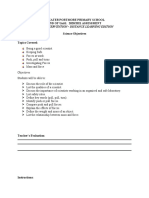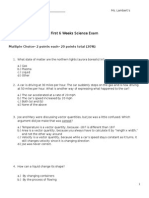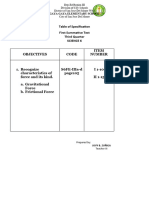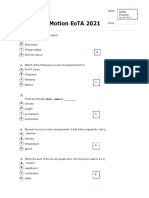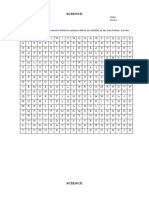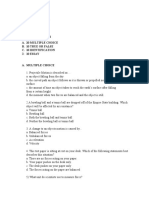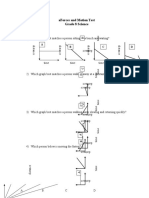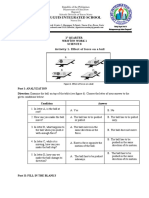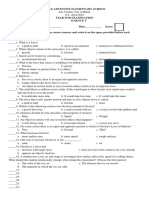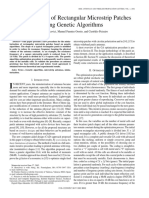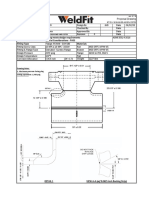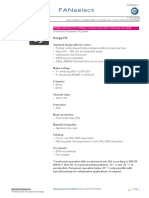0% found this document useful (0 votes)
9 views4 pagesWeek 1
The document consists of various science worksheets for different grade levels, focusing on concepts such as position, force, motion, and gravity. Each section includes multiple-choice questions, true or false statements, and fill-in-the-blank exercises to assess students' understanding of these scientific principles. The worksheets are designed to engage students in learning about physical science through practical examples and problem-solving.
Uploaded by
elkevinbarilloCopyright
© © All Rights Reserved
We take content rights seriously. If you suspect this is your content, claim it here.
Available Formats
Download as DOCX, PDF, TXT or read online on Scribd
0% found this document useful (0 votes)
9 views4 pagesWeek 1
The document consists of various science worksheets for different grade levels, focusing on concepts such as position, force, motion, and gravity. Each section includes multiple-choice questions, true or false statements, and fill-in-the-blank exercises to assess students' understanding of these scientific principles. The worksheets are designed to engage students in learning about physical science through practical examples and problem-solving.
Uploaded by
elkevinbarilloCopyright
© © All Rights Reserved
We take content rights seriously. If you suspect this is your content, claim it here.
Available Formats
Download as DOCX, PDF, TXT or read online on Scribd
/ 4


